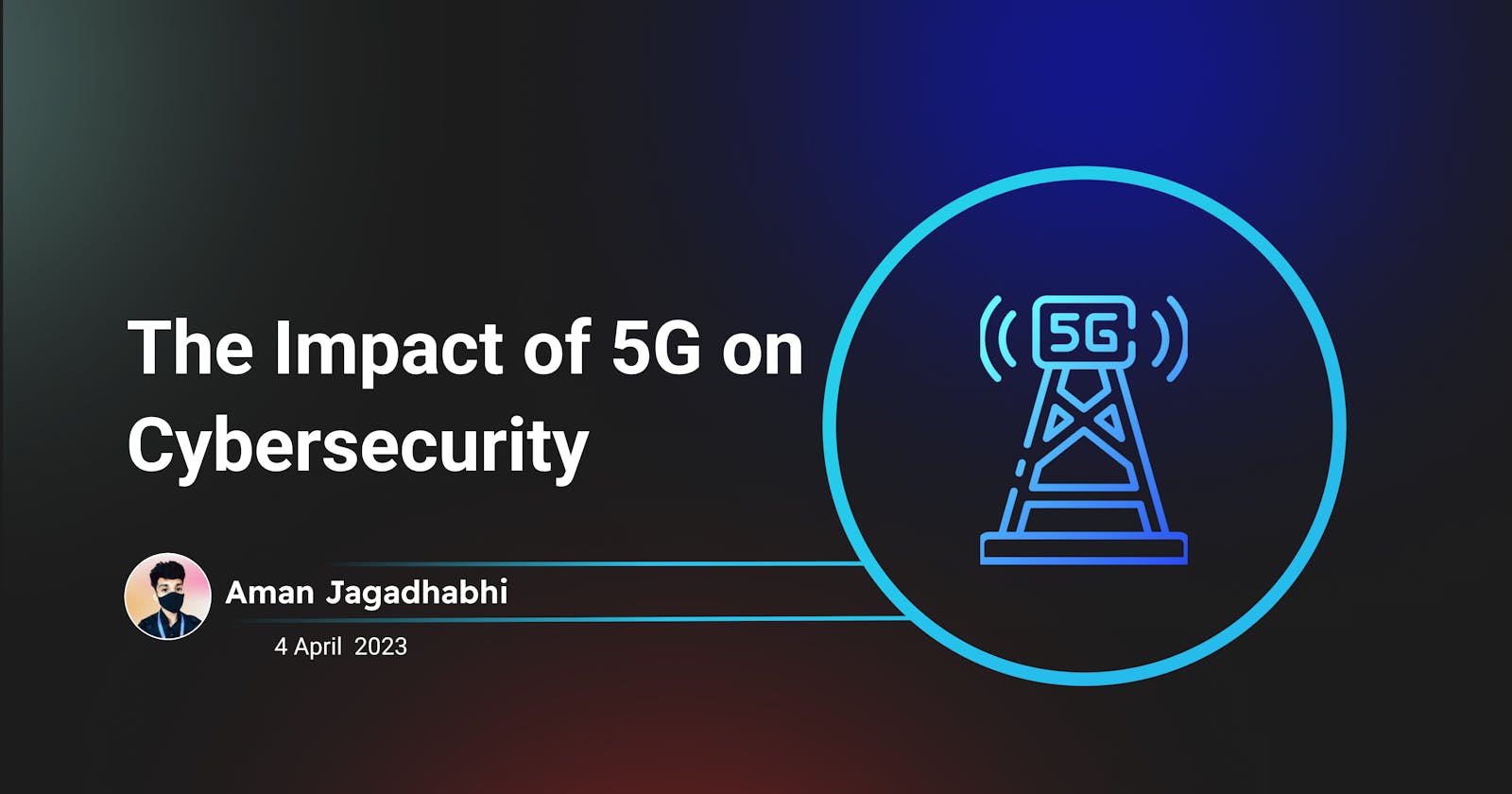5G is the next generation of wireless technology that promises to revolutionize the way we communicate, work, and live. With faster speeds, lower latency, and increased capacity, 5G will enable a wide range of new applications, such as autonomous vehicles, smart cities, and virtual reality. However, 5G also presents new cybersecurity challenges that must be addressed to ensure the safety and security of users and their data.
Here are some of the ways 5G will impact cybersecurity:
- Increased Attack Surface
With more devices and endpoints connected to the internet through 5G, the attack surface will increase significantly. This means that there will be more entry points for cybercriminals to exploit, which could lead to data breaches, theft, and other cybercrimes. To mitigate this risk, organizations will need to adopt a layered approach to security that includes firewalls, intrusion detection and prevention systems, and endpoint protection.
- Greater Vulnerability to IoT Attacks
The Internet of Things (IoT) is expected to explode with the rollout of 5G. However, IoT devices are notoriously vulnerable to cyberattacks, as many lack basic security features, such as encryption and secure authentication. This makes them easy targets for hackers who can use them as a gateway to gain access to the larger network. To prevent this, IoT devices must be secured with robust encryption, regular software updates, and strong passwords.
- Increased Complexity of Network Security
5G networks will be more complex than previous generations, with multiple layers of technology, such as software-defined networking (SDN) and network function virtualization (NFV). This complexity makes it more difficult to identify and address security vulnerabilities, as well as to monitor and control network traffic. To overcome this challenge, organizations will need to adopt advanced security technologies, such as artificial intelligence (AI) and machine learning (ML), to detect and respond to threats in real-time.
- Emergence of New Threat Vectors
As with any new technology, 5G will introduce new threat vectors that did not exist before. For example, the increased use of cloud computing and edge computing in 5G networks creates new opportunities for cybercriminals to launch attacks. Similarly, the use of software-defined networks and virtualization introduces new vulnerabilities that must be addressed. To stay ahead of these threats, organizations must invest in advanced security technologies that can adapt to evolving threats and attack vectors.
- Need for Collaboration and Information Sharing
To effectively address the cybersecurity challenges presented by 5G, collaboration and information sharing will be essential. Organizations must work together to develop best practices and standards for security, as well as to share threat intelligence and incident response strategies. This will require a shift in mindset from competition to cooperation, as well as investments in collaborative technologies, such as secure communication platforms and shared threat databases. 5G is set to transform the way we communicate and work, but it also presents new cybersecurity challenges that must be addressed. Organizations must adopt a proactive and collaborative approach to security, investing in advanced technologies and working together to share information and best practices. With the right strategies in place, 5G can be a powerful tool for innovation and growth, while also ensuring the safety and security of users and their data.

